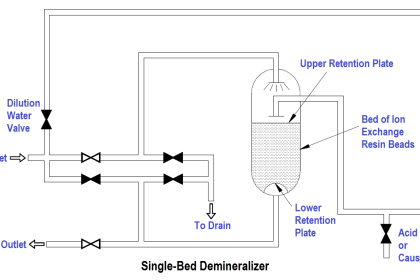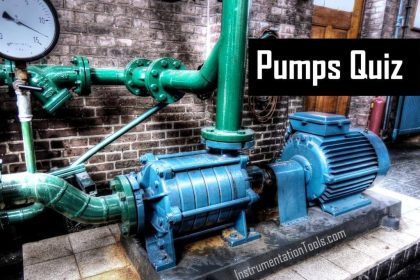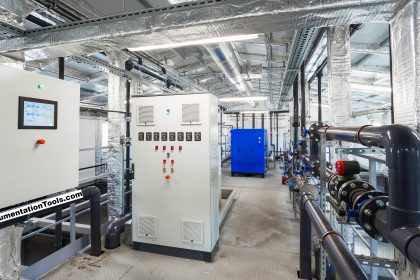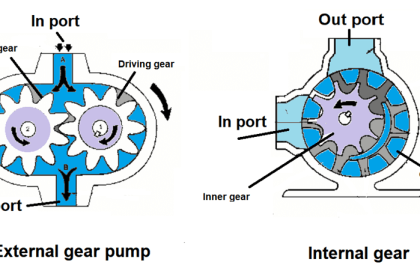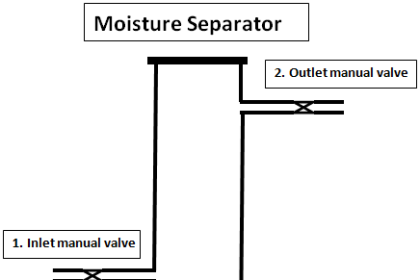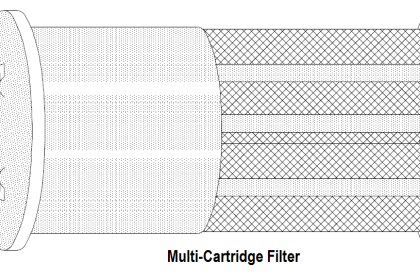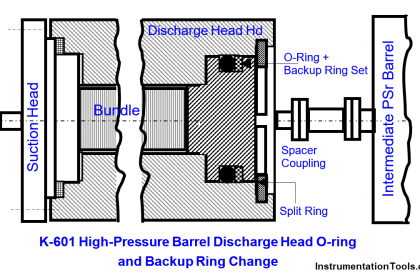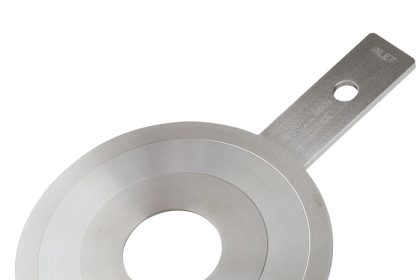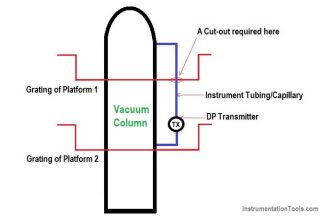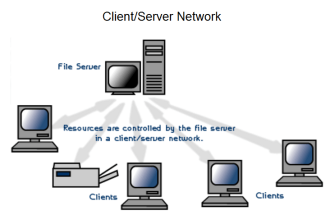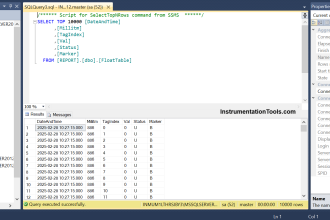In the refrigeration cycle, you must have seen the use of compressors in it. It is a must in achieving refrigeration, without which cooling cannot be achieved.
Compressors come under various types and categories. It is important to understand them, which helps in choosing the best one for your refrigeration application.
In this article, we will learn what is a compressor and the types of compressors used in HVAC.
What is a Compressor?
Whenever you want to transmit air or gas with high pressure, then you will need a device to do it. Because, if the pressure is low, then it will not be able to achieve proper results.
So, a compressor is used for this, which is a mechanical device which increases the pressure of gas or air by reducing its volume. It is the most important stage of the HVAC cycle. The compressor has a suction and discharge side, similar to a pump, which gets low-pressure input on the suction side and pumps a high-pressure output on the discharge side.
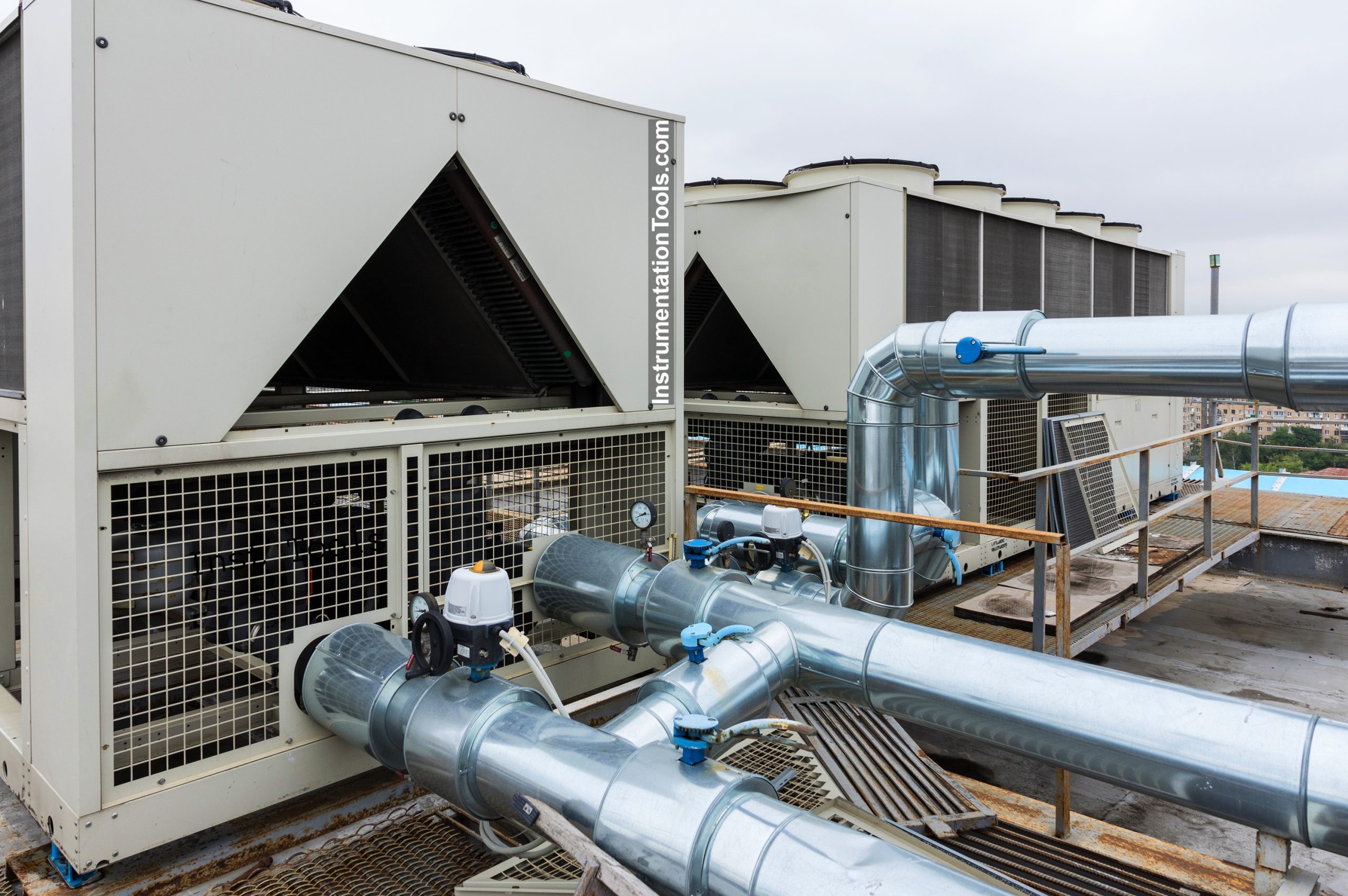
This output of the discharge side will have a very high temperature. Then, the refrigeration cycle which follows afterwards reduces the temperature of liquid or air and also reduces its pressure. After that, the cycle repeats.
Types of Compressors
Some of the basic types of compressors are mentioned below.
- Single-acting Reciprocating Compressor,
- Double-acting Reciprocating Compressor,
- Rotary Lobe Compressor,
- Rotary Screw Compressor,
- Rotary Vane Compressor,
- Scroll Compressor,
- Centrifugal Compressor
Positive Displacement – Reciprocating – Single Acting
A single-acting reciprocating compressor, as the name implies, works on the principle of a single stroke. It has a piston in it. The piston when driven from the first stroke, sucks the air or gas inside the compressor.
When the piston is driven again by a second stroke, then the compression happens. The cycle then repeats with the first stroke letting the air or gas inside and the second stroke doing compression activity.
Positive Displacement – Reciprocating – Double Acting
A double-acting reciprocating compressor, as the name implies, works on the principle of a double stroke.
In a single-acting one where the media was compressed in only one stroke, the media here is compressed in both strokes; thus increasing the capacity of refrigeration.
Positive Displacement – Rotary – Lobe
A rotary lobe compressor has two rotors mounted on a parallel shaft. There are generally two types of lobes – two and three. In a twin-lobe compressor, each rotor has two lobes (four lobes per compressor). In a tri-lobe machine, each rotor has three lobes (six lobes per compressor).
Now, imagine you have two rotors rotating in opposite directions with each other. Because both are moving in different directions, the lobes in each rotor are then able to trap the media every time and pass it on as it rotates.
As each rotor passes the blower inlet, it traps a definite volume of gas (the ‘displaced volume’) and carries it around the case to the blower outlet. As each rotor passes the blower outlet the gas is compressed to the system pressure there and expelled.
Positive Displacement – Rotary – Screw
The rotary screw compressor is the most widely used type of compressor. It is an extension of the lobe type of compressor. The lobes are in the shape of a screw piston. This screw piston opens or closes a sliding valve.
Based on the opening or closing of the valve, the media will be compressed or decompressed. As the screw control can be done with accurate high or low speeds, you have more control in this type for refrigerating the media.
Positive Displacement – Rotary – Vane
Imagine a circle with 10 blades inside it, housed in a circular fashion. The centre of the blades is not the exact midpoint of the circle but is placed more at a left-side angle. These blades are called here as vanes.
As the vane rotates, the media enters the highly-volume area and moves out from a low-volume area; thus compressing it. Each blade has a spring in it which rotates in conjunction with the outer circle; and as the centre is not the exact midpoint, it provides a flexible volume area from high to low.
Positive Displacement – Rotary – Scroll
In the scroll compressor, you have two spiral-shaped pistons. One spiral scroll is fixed in position and the other spiral scroll rotates in conjunction with it.
When the variable scroll starts to rotate around the fixed scroll, the area starts to decrease from inlet to outlet. This increases the pressure on the media.
Dynamic – Centrifugal
Unlike positive displacement ones, which depend on the mechanical working to impact the media pressure, dynamic ones directly impact the media.
As the name implies, a centrifugal compressor increases the flow and pressure of a media by applying centrifugal force to it. They increase the pressure by adding kinetic energy to the media as it flows through an impeller. The impeller rotates at such a high speed, that the pressure discharged from the outlet is very high.
If you liked this article, then please subscribe to our YouTube Channel for Instrumentation, Electrical, PLC, and SCADA video tutorials.
You can also follow us on Facebook and Twitter to receive daily updates.
Read Next:
Pressurizer
Pumps Quiz
Centrifugal Compressor
Magnetic Level Gauge
What is a Dosing Pump?
